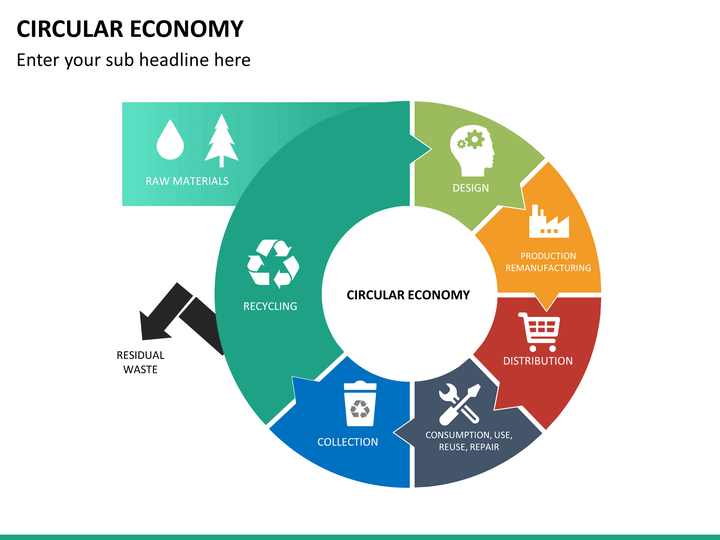The Circular Economy
In 2020, the European Commission adopted a new action plan to help accelerate Europe’s transition towards a circular economy. This action plan aims to reach climate-neutrality by 2050, boost its global competitiveness, promote sustainable economic growth and generate new jobs. In fact, it sets out a number of measures which keep resource consumption within planetary boundaries, strives to reduce its consumption footprint and double its circular material use rate. Therefore, the key product value chains will be given priority to reduce waste in the first place and improve the EU’s capacity of taking responsibility of the waste produced.
The potential of both the single market and digital technologies can strengthen further the EU’s industrial base which help foster several business creations and entrepreneurship among SMEs. The concerted strategy launched by the European Green Deal, is based on an innovative model that helps build a closer relationship with customers, mass customisation and the sharing and collaborative economy, which are all supported by our digital era. This will accelerate circularity through the dematerialisation of our economy and make Europe less dependent on primary materials.
Circular Economy will provide high quality functional products, which are efficient and affordable, last longer and are designed for reuse, repair, and high-quality recycling. Therefore, bringing a better quality of life that increases innovative jobs and upgrade knowledge and skills.
A recent study estimates that applying these circular economy principles across the EU economy is an opportunity to increase the EU GDP by an additional 0.5% by 2030, creating an estimate of 700 000 jobs. Moreover, since manufacturing firms in the EU spend on average 40% on materials, closed loop models can enhance their profitability whilst sheltering them from resource price fluctuations.
The Circular Economy Action Plan along with the contribution of several economic actors, consumers, citizens and other civil society organisations, offers a future-oriented agenda for a much cleaner and competitive Europe. This plan is a result of all the circular economy actions implemented since 2015, which ensure that the regulatory framework is streamlined and made fit for the foreseeable sustainable future and that new opportunities from the transition, are always maximized whilst each burden minimized.


